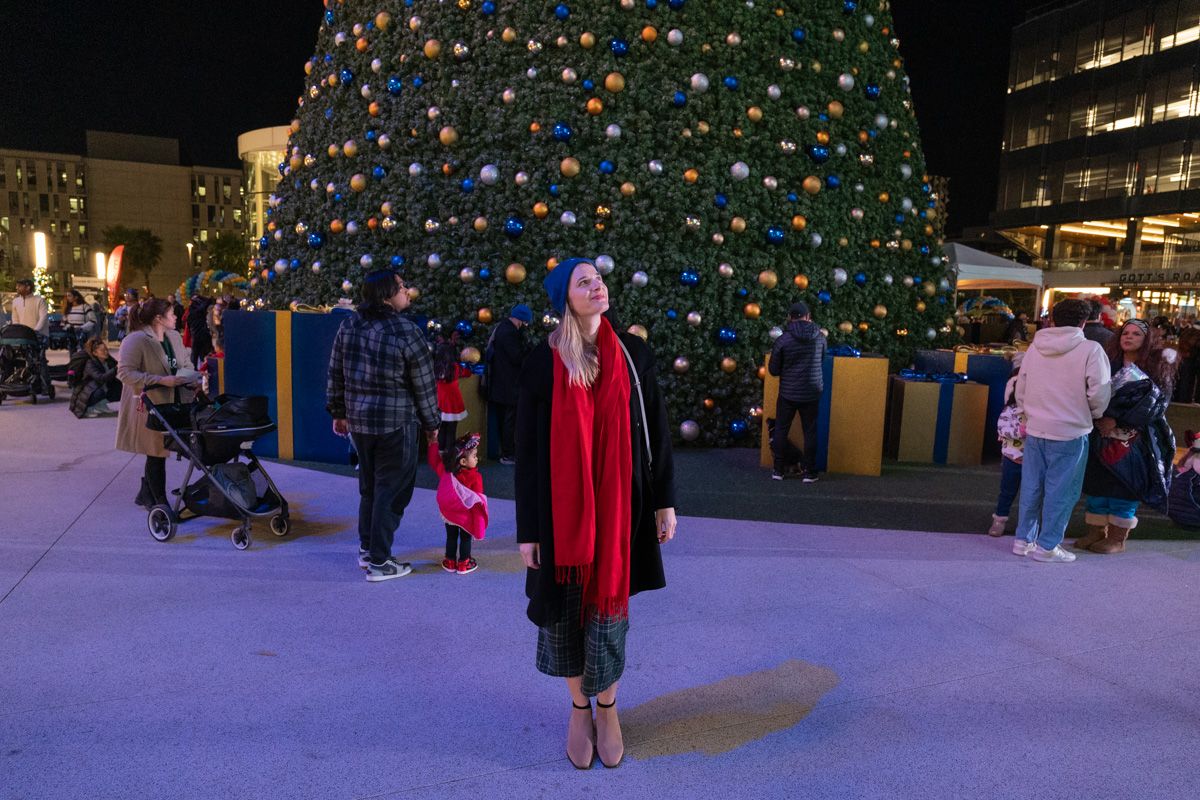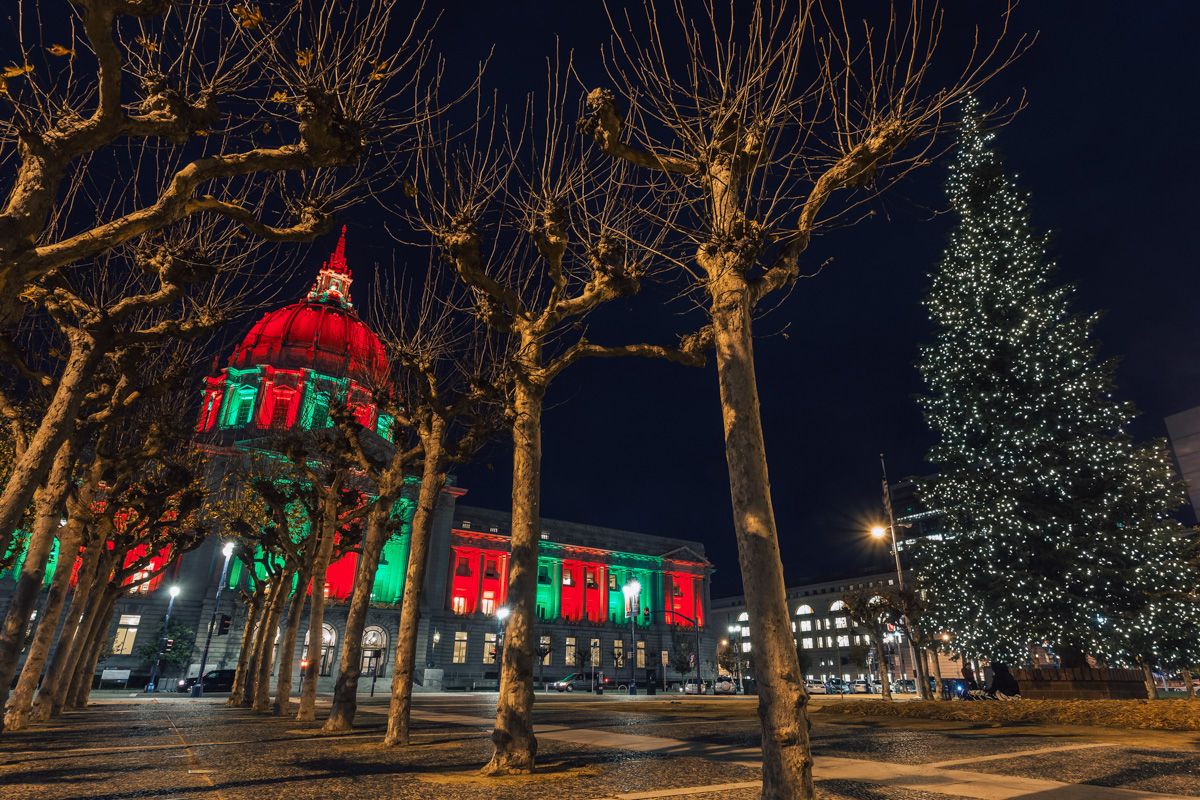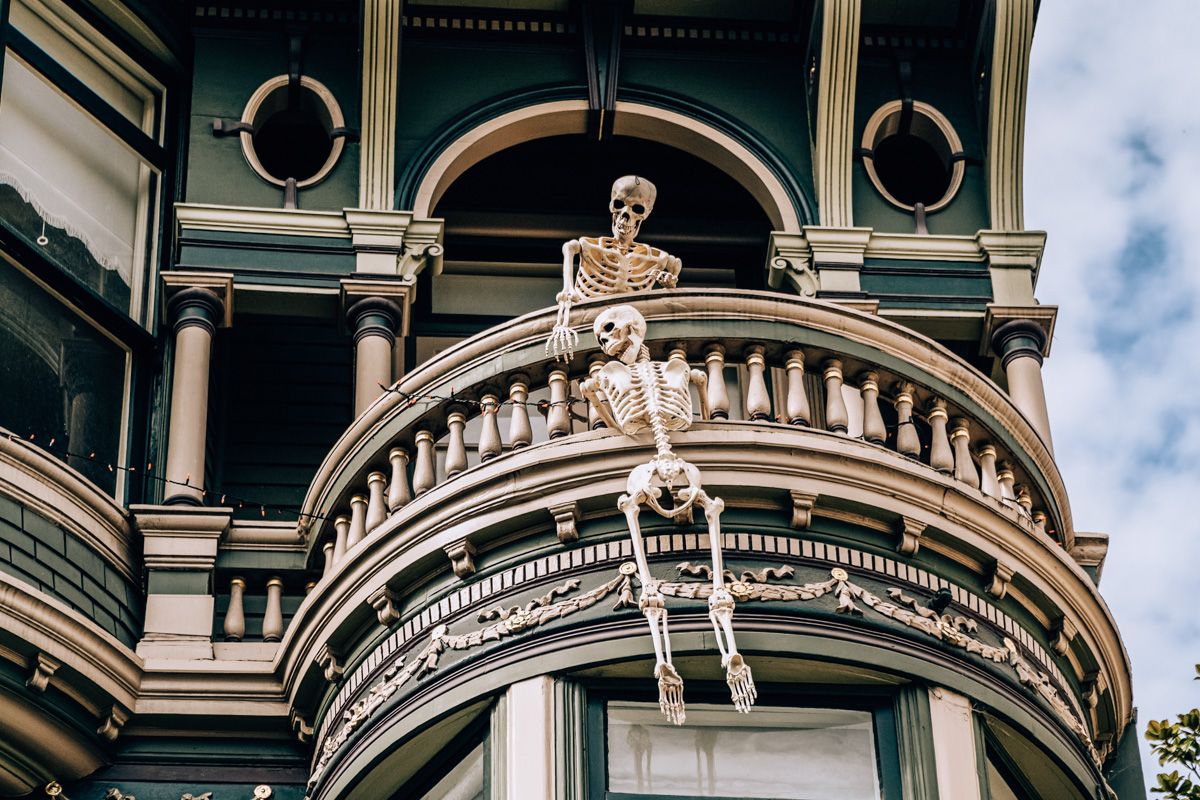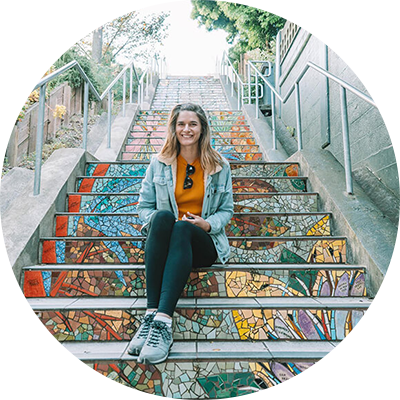TL;DR: September-October is our top choice for the best time to visit San Francisco thanks to the ideal weather, thinner crowds, and fun events throughout the month. April-May is the runner-up.
When you’re planning a vacation, the first question you ask yourself is, “When?”
There will always be factors beyond your control. You can’t always choose when you can take time off. But if you’re deciding between several different seasons, there are some things to remember.
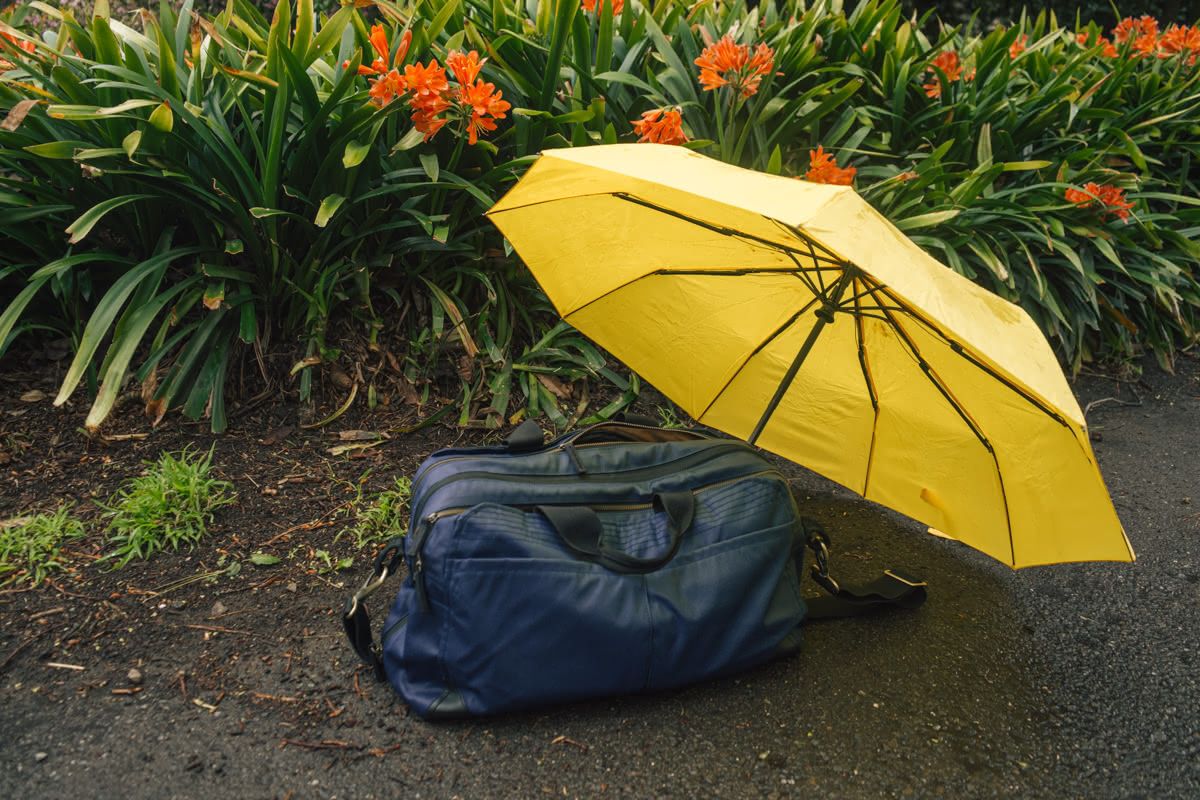
Weather is the biggest consideration. Bad weather can disrupt your vacation in many different ways. But weather isn’t the only factor! There are also prices, crowds, and seasonal events to consider.
San Francisco might not have traditional seasons– it virtually never snows, and temperatures rarely exceed the low 70s.
But that doesn’t mean there are no seasons at all. The climate differs throughout the year, and coupled with those other factors, there are absolutely better and worse times to plan an SF vacation.
Keep reading to discover what each season offers, the drawbacks, and which part of the year is the best time to visit San Francisco.
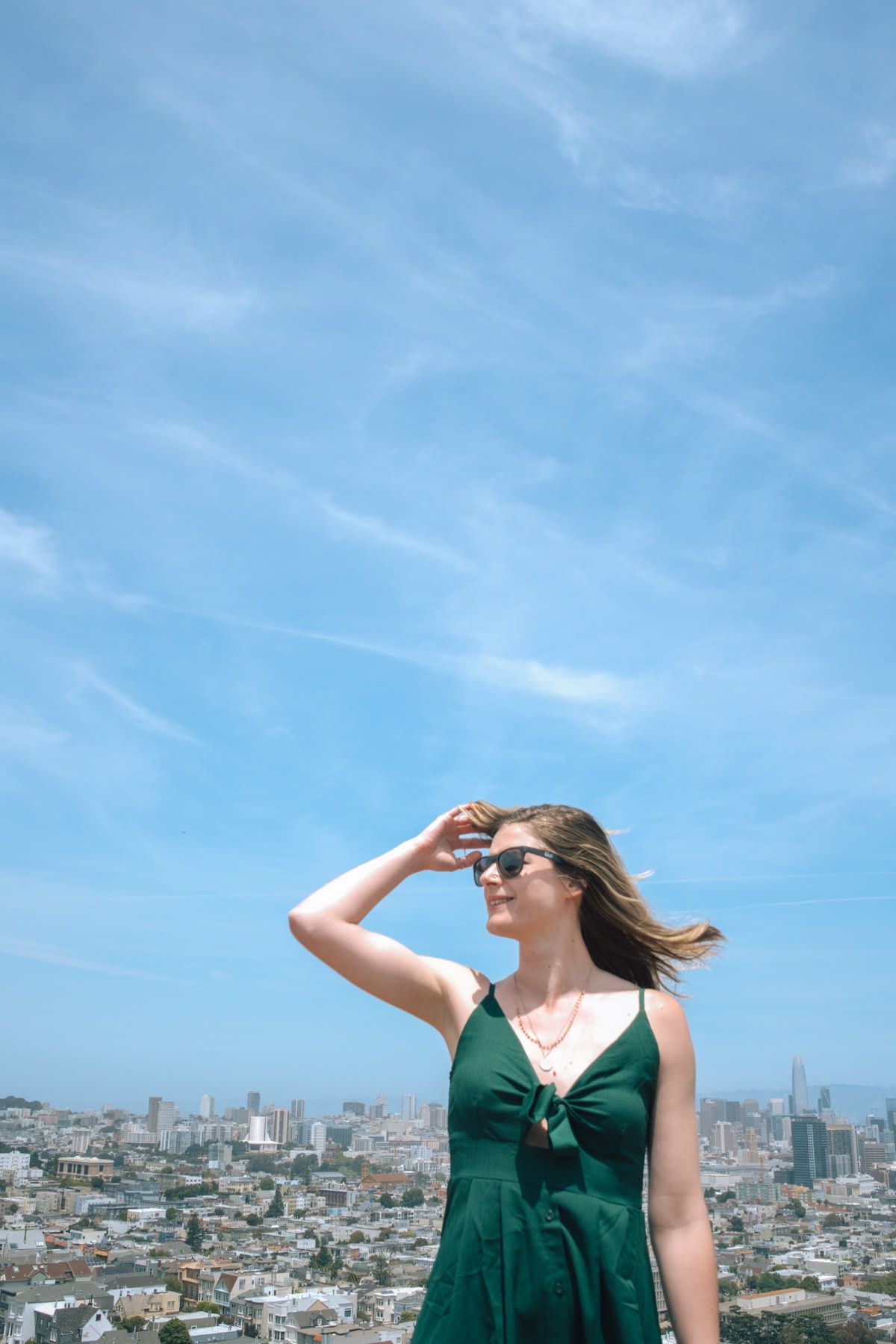
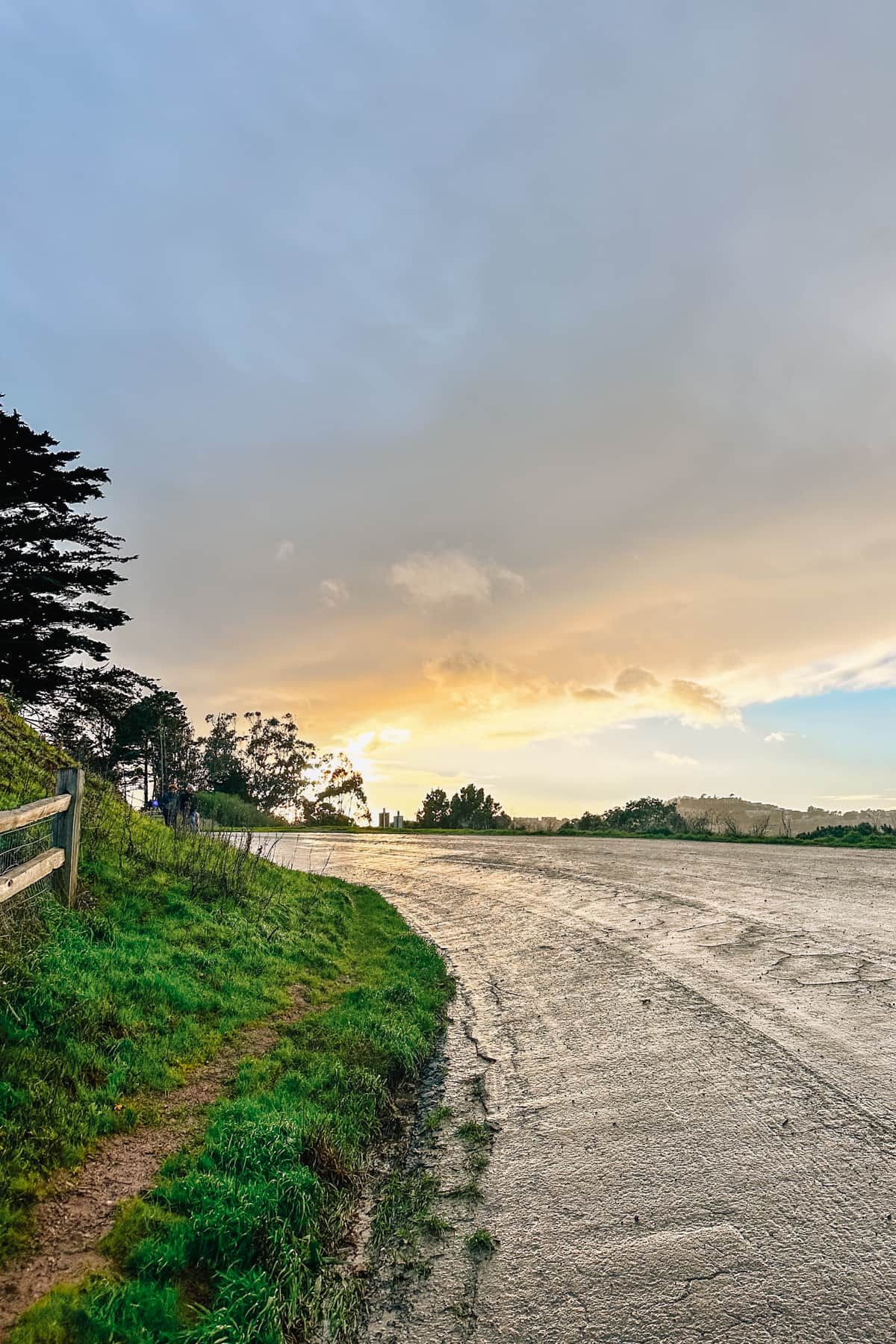
San Francisco in Winter
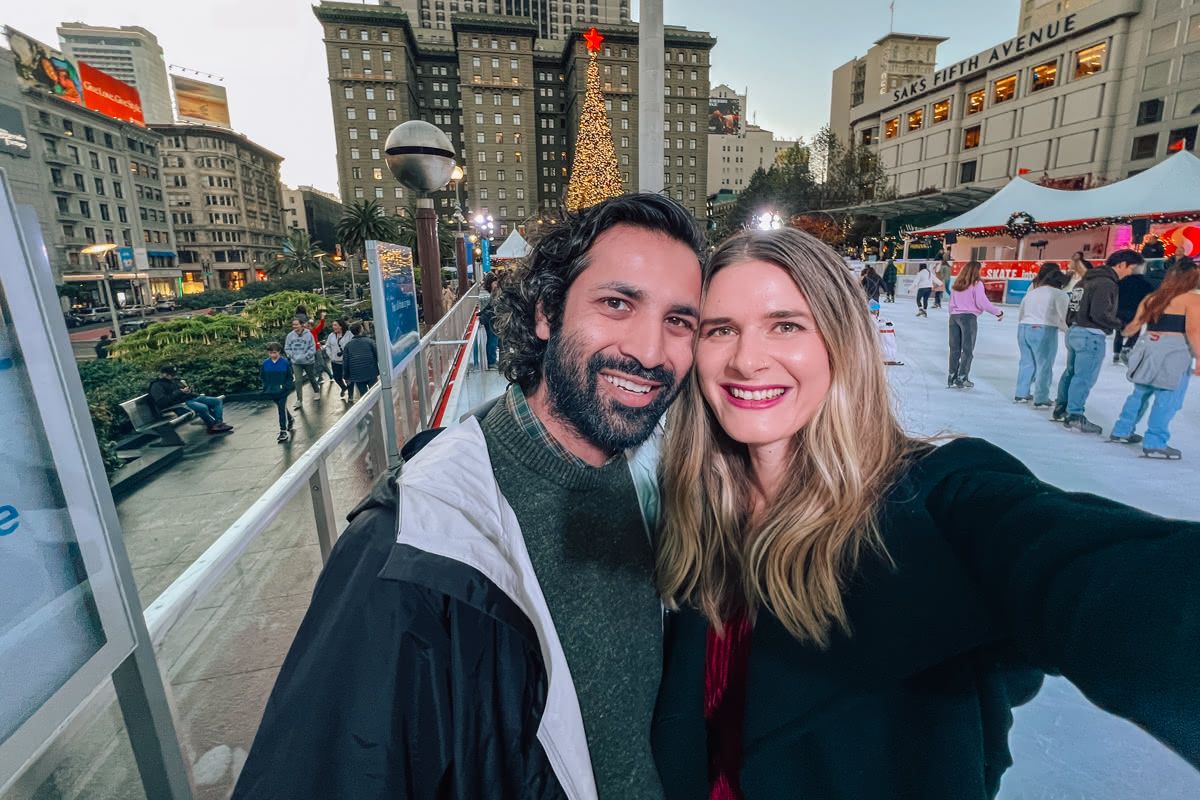
Reasons to Plan a Winter Visit
San Francisco has mild winters. It (virtually) never snows, and temperatures usually sit in the 50s. If you’re coming from a place with real, icy winters, winter in SF feels positively balmy.
I’ve lived in New York since I was 18, and coming home for the holidays each year always feels like a warm reprieve.
San Francisco is particularly beautiful in winter. By December (when there isn’t a drought), the November rain has carpeted the city’s outdoor spaces with fluffy, lush, green grass. The early sunsets illuminate them golden, and these scenic wonders amaze me every year.
Around Christmastime, there are many seasonal events like the Dickens Fair (a Christmas fair that transports you to Dickensian-era London). In the city’s downtown, Union Square opens an annual ice rink that sits below the towering, sparkling tree.
There is also an array of seasonal pop-up bars and holiday displays, such as the Fairmont Hotel’s giant gingerbread house.
Reasons NOT to Plan a Winter Visit
It’s true that it doesn’t snow in San Francisco, and the weather is comparatively nicer than on the East Coast. But winter is not, by any stretch of the imagination, San Francisco’s nicest weather season.
Winter can be rainy and chilly. It’s sometimes in the low fifties for days on end. Because of the sea breeze and the humid air, the low fifties in SF can feel even colder than you’d expect.
Around the holidays is also a very busy travel season. San Francisco isn’t necessarily a winter destination– it’s not Tahoe, after all. But even still, prices for flights and accommodations will be higher at this time.
On top of that, bad weather in other parts of the country can lead to flight delays and even cancellations. My family never gets through the holiday season without at least one unexpected air travel hiccup!
Once or twice, my return flight has been pushed back by 24 hours due to an East Coast blizzard. That’s never been a problem for me since I don’t have to pay to sleep an extra night in my parent’s guest room, and I’m always happy to spend extra time in San Francisco. But it could be a disaster if you’ve taken off from work and need to return.
Pros
- Mild winters
- Fun seasonal activities
- Beautiful scenery
Cons
- Can get chilly and rainy
- Possible travel delays
San Francisco in Spring
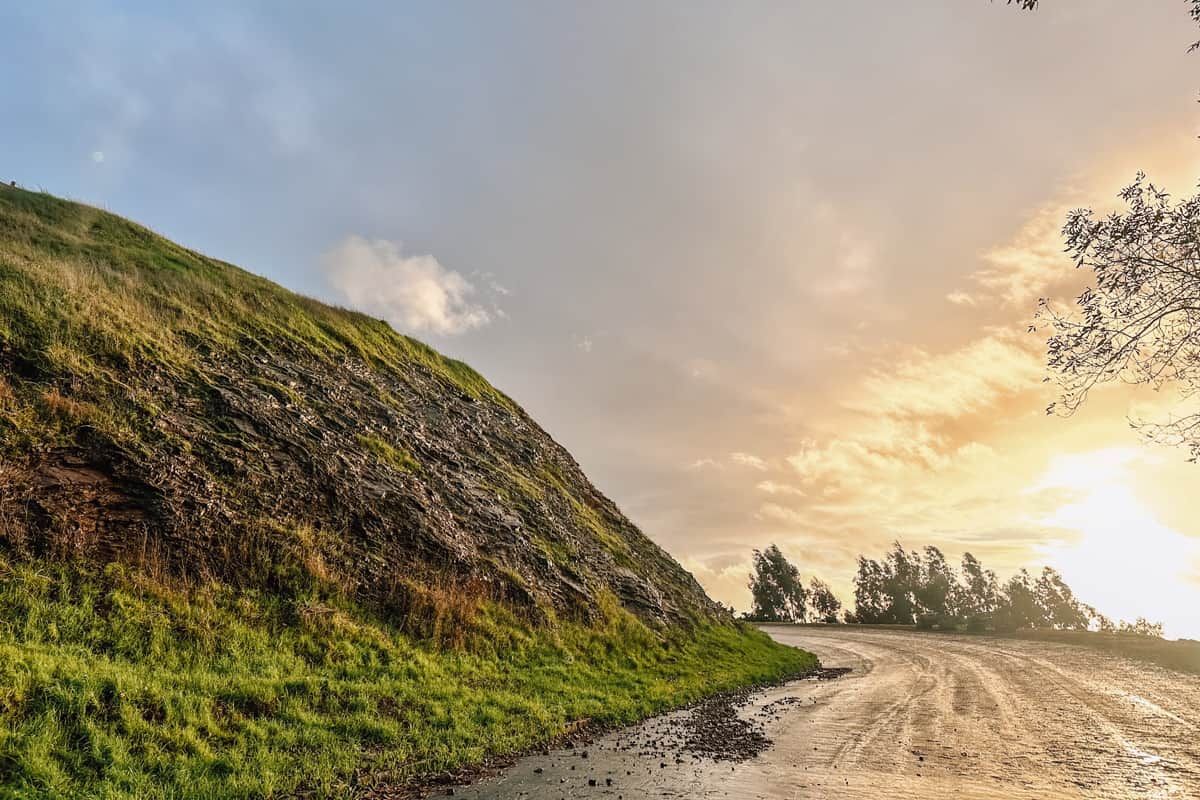
Reasons to Plan a Spring Visit
Spring in San Francisco is gorgeous. That green winter grass is joined by blooming wildflowers and brightly colored gardens. The wild radish plants that fill San Francisco’s parks grow up into big bushes–sometimes taller than your head– full of twinkly purple and white flowers.
I’m mentioning the plant life because it’s one of the most noticeable differences between the seasons in San Francisco. You might think it doesn’t matter to you, but San Francisco’s shifting vegetation can have a big effect on the place’s look and feel.
My parents live near Bernal Hill. The hill turns golden brown in the summer and fall (and year-round when the drought was really bad) and is green in Winter and Spring. The whole personality of the neighborhood changes with it!
But flowers are just one reason to love spring. You’ll also find thinner crowds and cheaper rates for hotels and airfare.
Although early spring is typically rainy, those rains start to taper off as the season wanes. In May and early June, you’ll encounter tons of sunshine and temperatures averaging in the upper 60s.
Reasons NOT to Plan a Spring Visit
Remember how I said early spring can be rainy? I’m not kidding. I remember the year I was in 9th grade; it rained every single day of March, and I was never fully dry.
California has been in a drought for the past decade or so. But as of 2024, the drought has officially been declared over, and the mountain snowpack is above 100% of normal. So, for now, you can expect damp conditions.
If you plan your visit for late spring, you have the best chance for glorious weather while still avoiding the big crowds of high tourism season.
Pros
- Plants and flowers are blooming
- Fewer crowds in shoulder season
- Pleasant weather in late spring generally can be quite sunny in May and early June
Cons
- In non-drought years, early spring can get a lot of rain
San Francisco in Summer
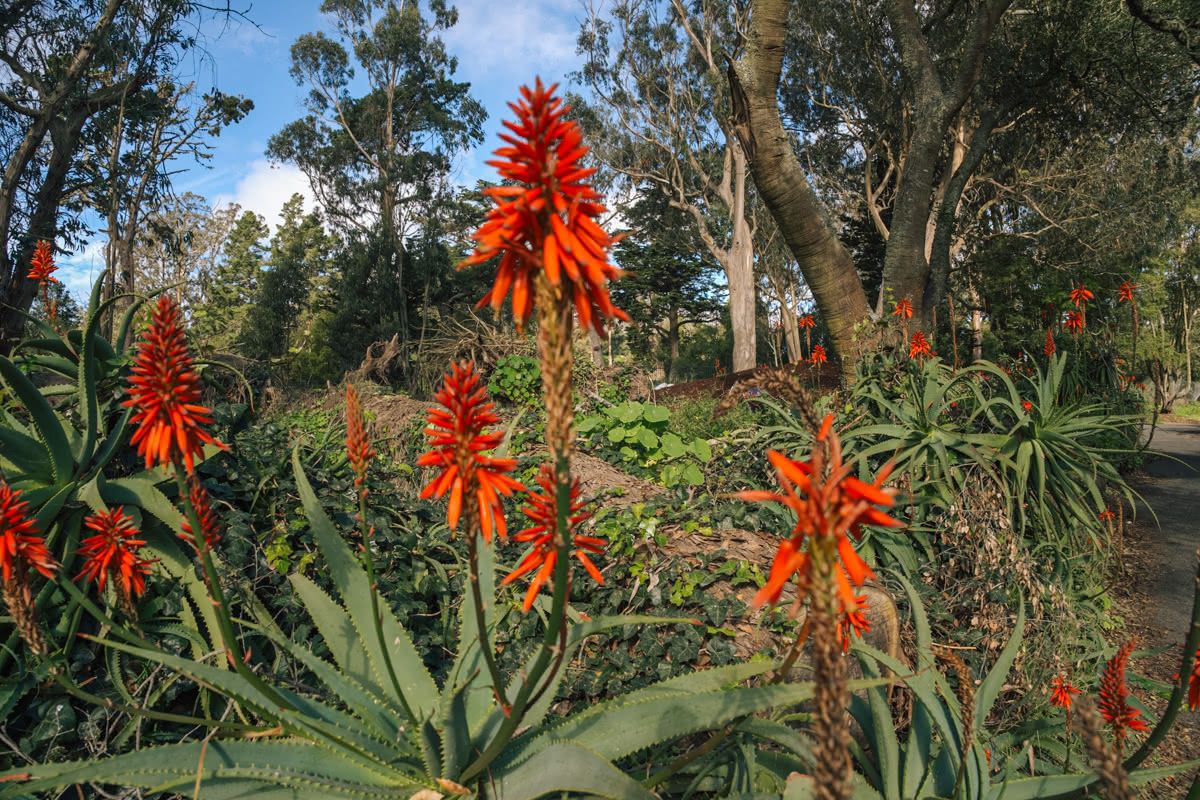
Reasons to Plan a Summer Visit
If you hate walking around in the rain, you might want to plan your SF vacation for summertime, as it’s generally less rainy this time of year.
Summer also brings festivals and events like Outside Lands, SF’s biggest music festival. While summer is usually the busiest time for tourism in most places, the city is unusually empty during Burning Man in August (some locals refer to this phenomenon as “the Burning Man rapture”).
Depending on your job situation– or if anyone you’re traveling with is in school– summer may be the most viable time for a vacation, regardless of whether it’s the best season for a visit. And truthfully, there is no bad time to visit SF.
Reasons NOT to Plan a Summer Visit
Growing up, everyone repeated this famous quote attributed to Mark Twain: “The coldest winter I ever spent was a summer in San Francisco.” Though the notion that Mark Twain said this has now been debunked, the adage itself rings true. SF summers are not particularly warm. Instead, they’re notoriously foggy.
When I visit in the summertime, I’m coming from the muggy sauna of NYC, so I optimistically like to describe SF’s summer climate as “the whole world is air-conditioned!” But if you’re dreaming of a summer vacation full of warm sunshine, you probably won’t find that in San Francisco.
However, summers are considerably drier than other parts of the year, which turns everything that was once vivid green to a pale-brown gold. The blossoms in the flower beds shrivel and go dormant. In other words, it’s not the city’s prettiest season.
On top of that, flight and hotel prices get much steeper in the summer, another drawback.
Pros
- Summer festivals like Outside lands
- During Burning Man, crowds clear out of SF
- Less rain
Cons
- Surprisingly foggy
- Summer vacationers bring crowds
- Priciest flights and hotels
San Francisco in Fall
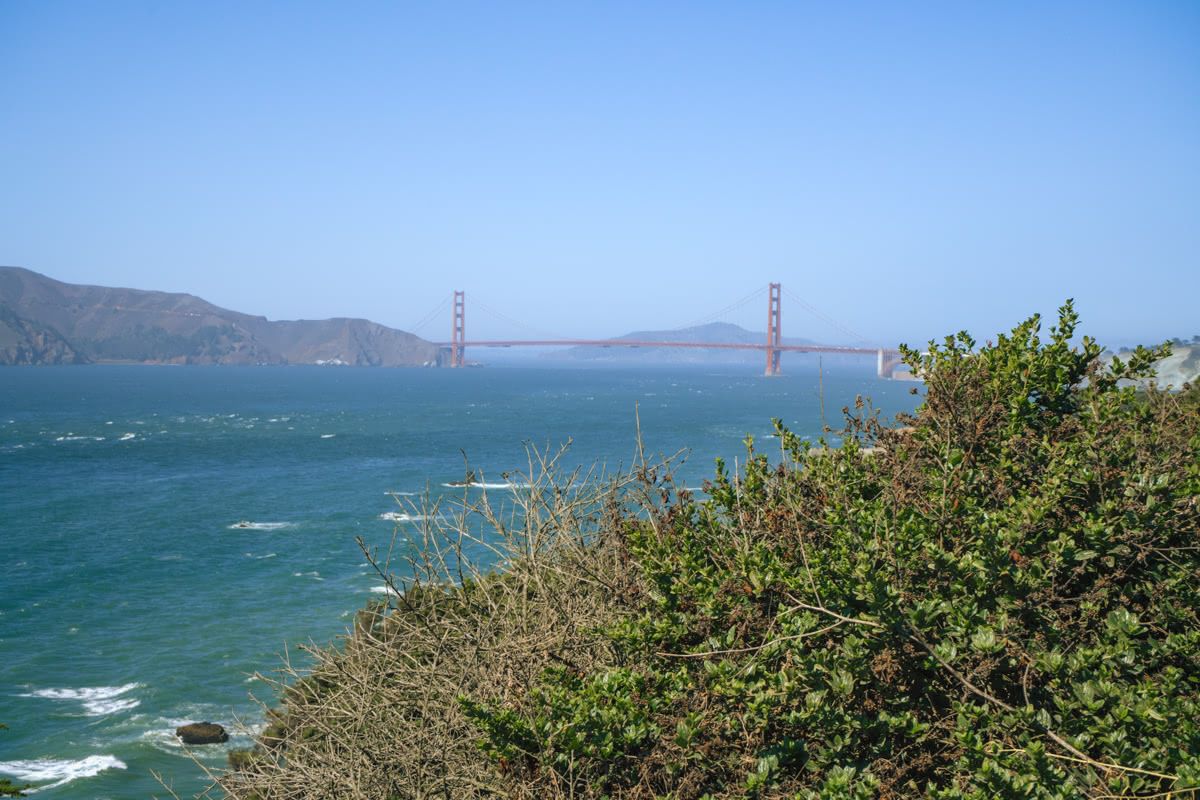
Reasons to Plan a Fall Visit
It’s universally acknowledged that Fall is SF’s best season. In fall, San Francisco typically sees warm, summery weather. In fact, September and October are usually SF’s hottest months. Of course, San Francisco has foggy and chilly days at any time of the year, but the highest concentration of warm and sunny forecasts happens in the Fall.
The dry season begins around May and extends through November, so you’re unlikely to get caught in the rain at this time.
Another plus is that generally, the shoulder seasons are less congested for travel. In the absence of summer breaks or holiday vacations, prices fall, and crowds of tourists thin out at big attractions. That’s a rule of thumb for any travel destination, not just San Francisco.
Fun events also take place in the Fall. There’s Halloween, for starters. And few places do Halloween better than San Francisco!
If you’re a bookworm, SF’s literary festival, Liquake, takes place in October. It culminates with “LitCrawl,” a night of staggered events at venues throughout the Mission District.
Reasons NOT to Plan a Fall Visit
There are few drawbacks to visiting SF in the Fall, but they all center around the dry season. For one, the landscape is generally still dry and brown rather than blooming and colorful. On a related note, dry season also means fire season.
Unfortunately, climate change has ramped up the occurrence of wildfires throughout California (and across the world.)
While you probably don’t have to worry about getting caught in a fire if you’re staying within city limits, there are times when fires in nearby areas lead to poor air quality in San Francisco. The most dramatic was Orange Skies Day, which occurred on September 9, 2020.
Pros
- Ideal Weather
- Smaller crowds
- Literary festival (Litquake) and Halloween
Cons
- Sometimes fire season can affect air quality
Conclusion: What is The best time to visit San Francisco?
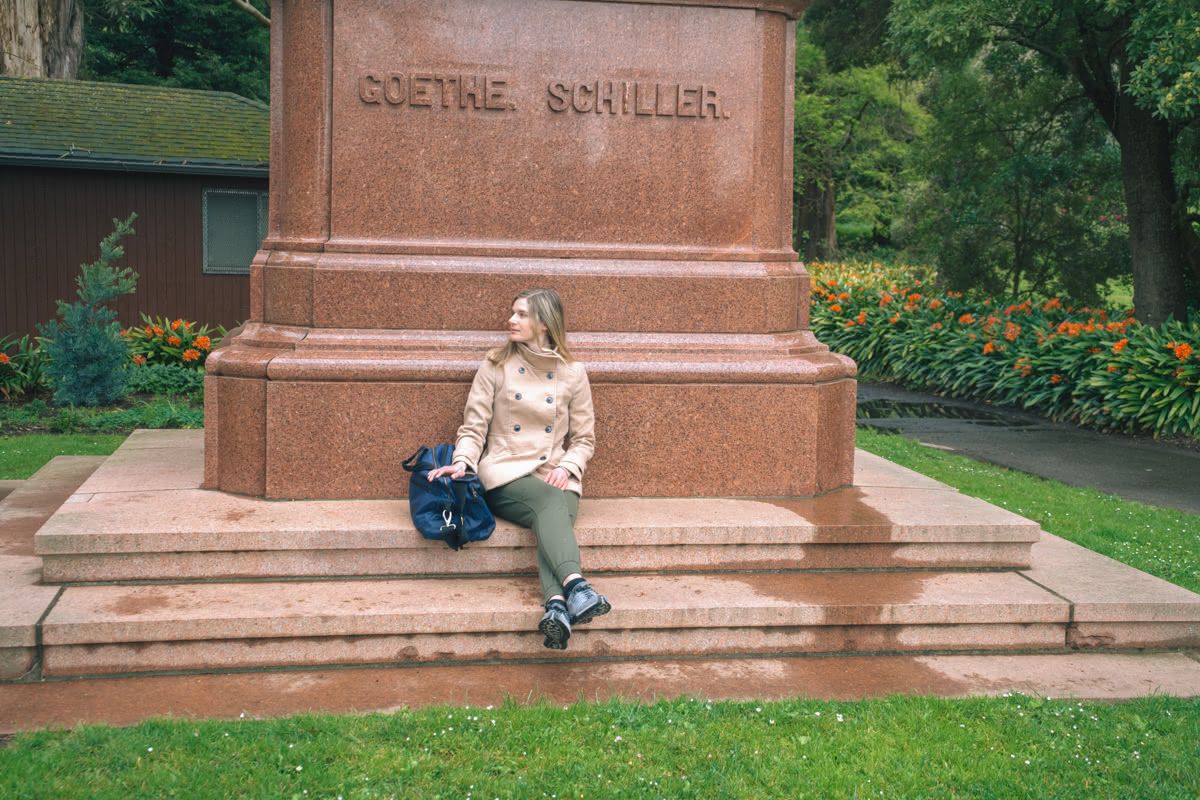
September and October are our favorite months to visit San Francisco, thanks to the sunny weather, fewer tourists, lower travel costs, and fun events throughout the month.
April-May is the runner-up. Late Spring has similar weather as early fall, although it tends to be a little wetter. The upside to the higher chance of rain is that the whole city erupts into bloom at this time.
Ultimately, I love visiting San Francisco, no matter the season!
ABOUT THE AUTHOR

Elina Ansary
Editor
Elina’s offbeat, colorful sense of style has been a mode of self-expression for as long as she can remember. As a visual artist, she travels the world, and her shoes have to keep pace. With an upscale NY art gallery exhibition today and research adventures in Italian ghost towns tomorrow, Elina has high standards and prioritizes style, versatility, and comfort. Her online shopping addiction has led her to test dozens of shoes over the past few years, and she’s always up to date on the latest trends.
Looking for more San Francisco travel inspiration? Check out our related articles below!


Pin one of these images for future reference

